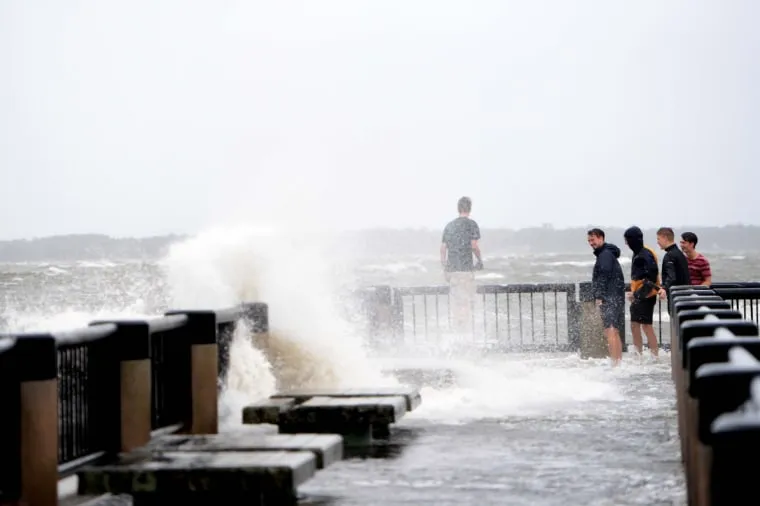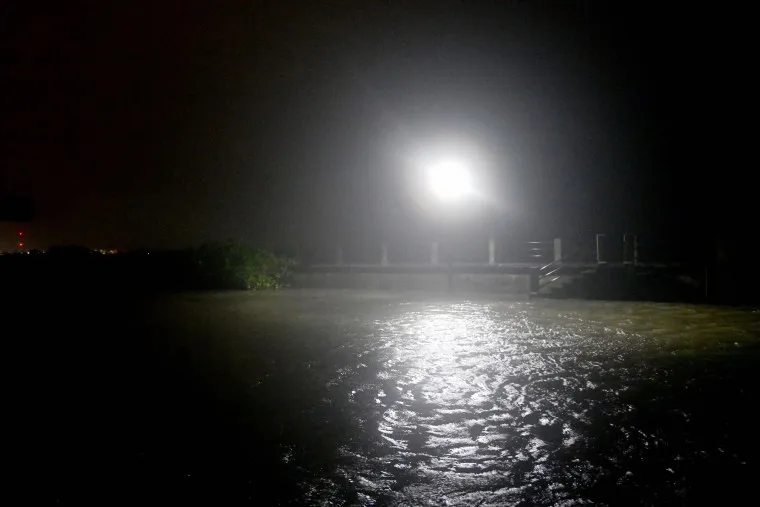Hurricane Idalia made landfall in Florida as a powerful Category 3 storm, bringing with it devastating winds and flooding that left thousands without power. The National Hurricane Centre reported that the storm’s maximum sustained winds reached 125 mph, with hurricane-force winds extending up to 45 miles from the centre.
As Idalia roared ashore, it unleashed a trail of destruction, including submerged homes and vehicles, unmoored small boats, and downed power lines. The storm surge flooded streets, turning them into rivers, and the high winds shredded signs, sent sheet metal flying, and snapped tall trees. The coastal town of Keaton Beach was particularly hard-hit, with reports of destroyed homes and debris blocking roads.
Despite the fury of the storm, there were no confirmed storm deaths in Florida, although two fatal traffic accidents in two counties may be attributed to the storm. Florida Governor Ron DeSantis said at a news conference that state officials, 5,500 National Guardsmen, and rescue crews were in search-and-recovery mode, inspecting bridges, clearing toppled trees, and looking for anyone in distress in one of Florida’s most rural regions.
The storm’s impact extended beyond Florida, with Georgia also feeling the effects. The National Weather Service reported that Idalia would punish the Carolinas overnight as a tropical storm. Forecasters predicted that the system would move deeper into the Atlantic this weekend, although some models had suggested it could circle southward toward land again.

Fierce Hurricane Idalia Ravages Florida Coast
Residents in the affected areas were left to clean up the destruction, with many expressing relief that the storm had not caused more harm. “This is actually unbelievable,” said Bill Hall, who watched a paddleboarder ride along the flooded Bayshore Boulevard in Tampa. “I haven’t seen anything like this in years.”
The storm’s aftermath saw many residents out in their neighborhoods, surveying the damage and working to restore power. The Florida Department of Emergency Management director, Kevin Guthrie, said that search teams may need more time to complete their work in the affected areas, given the remoteness of the region.
As the storm season continues, Idalia serves as a reminder of the devastating power of hurricanes. The National Weather Service called Idalia “an unprecedented event” in the region, with no major hurricanes on record passing through the bay abutting the Big Bend before. The state of Florida, still recovering from the damage caused by Hurricane Ian last year, feared disastrous results.
In the end, Idalia’s impact will be felt for weeks to come, as residents work to rebuild and recover from the destruction left in its wake.











































